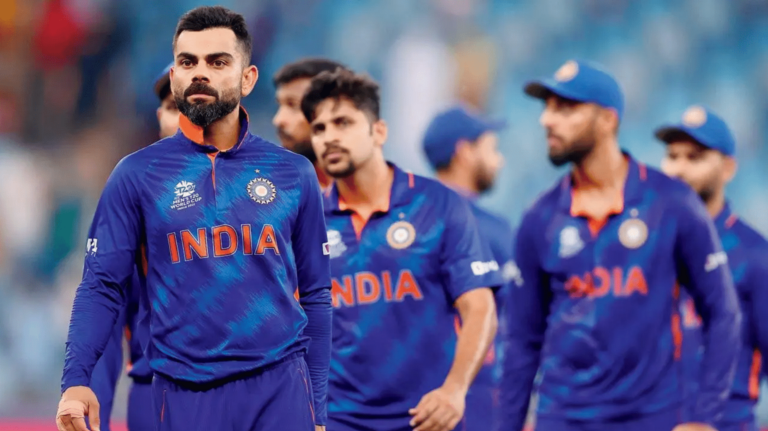Exploring Cricket’s Adaptation to the Olympics
Online Cricket ID, Play99exch: Cricket made its debut in the Olympic Games way back in 1900 during the Paris Olympics. It was then played as a men’s event, with only two teams participating – Great Britain and France. Despite being a part of the games, cricket did not achieve the same level of popularity as other sports like athletics and gymnastics, and subsequently, it was dropped from the Olympic program after just one appearance.
After its brief stint in the Olympics in 1900, cricket has not been included in the games since then. There have been discussions and debates over the years about reintroducing the sport to the Olympics, but various challenges and obstacles have prevented cricket from making a return to the world’s biggest sporting event. Nevertheless, cricket’s history in the Olympics remains a notable chapter in the sport’s rich and diverse heritage.
Challenges Faced by Cricket in Joining the Olympics
Cricket, a sport rich in tradition and history, has encountered several challenges in its pursuit of joining the Olympics. One major obstacle is the duration of cricket matches, especially in the traditional Test format, which can span over five days. The sheer length of these matches does not align with the fast-paced nature of the Olympics, where most events are concluded within a day or even a few hours.
Additionally, the existing cricket calendar is already packed with various bilateral series, domestic leagues, and ICC events, leaving little room for accommodating Olympic matches. The tight scheduling poses a logistical challenge for cricket’s inclusion in the Olympics, as finding a suitable window to host the tournament without disrupting the regular cricketing calendar is a formidable task. This clash of schedules raises concerns about player fatigue and the overall readiness of cricket boards to commit their top players to the Olympics amidst pre-existing commitments.
Impact of Cricket’s Adaptation on the Sport’s Global Reach
The adaptation of cricket has played a significant role in expanding the sport’s global reach. By embracing shorter formats like T20 cricket, the game has become more appealing to a wider audience, especially among younger generations. This modernization has led to increased viewership and interest in cricket, creating new opportunities for growth in non-traditional cricketing nations.
Furthermore, the introduction of franchise leagues such as the Indian Premier League (IPL) and Big Bash League (BBL) has not only revolutionized the way the game is played but has also served as a platform to showcase talent from around the world. These leagues have attracted top international players, providing exposure to different styles of cricket and sparking interest in the sport across borders. As a result, cricket’s adaptation has been instrumental in breaking down barriers and establishing the game as a truly global phenomenon.







